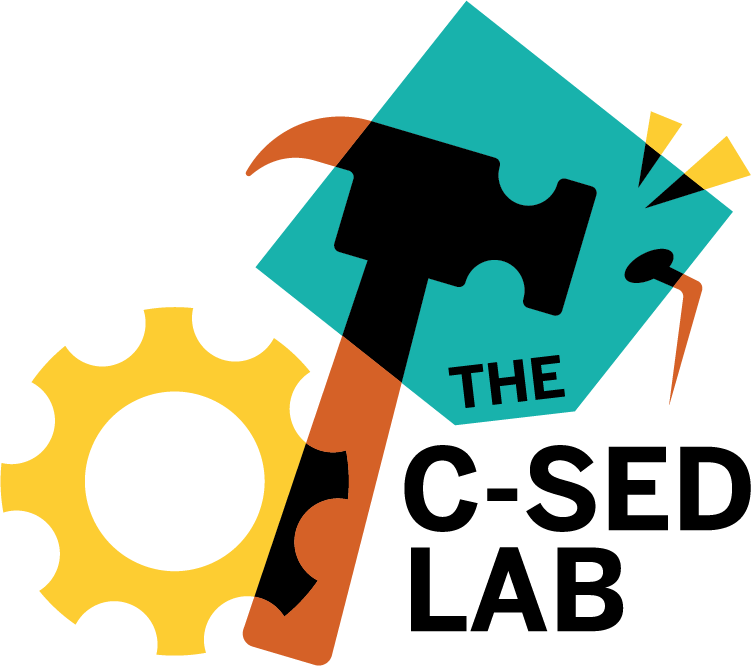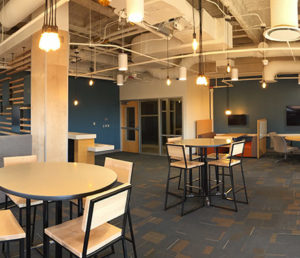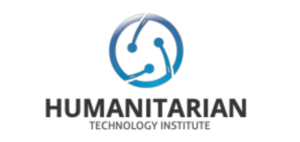The History of C-SED
The Center for Socially Engaged Design has undergone many changes, constantly evolving and expanding to become the community it is now. Despite three name changes, the scramble to find a space, and the navigation of a global pandemic, C-SED has kept its mission of socially engaged design and student engagement at its core.
Take a look at the origin story of the community we’ve come to know as the Center for Socially Engaged Design.

2023
- Updates
2022
The Center for Socially Engaged enters its 9th year! The vision for C-SED continues to grow. New roles are created and new staff members are welcomed in. Learn about our current staff, their roles, and find time to consult with them here.

2021
- C-SED Lab gets a refresh! With a new logo and Lab Values, the C-SED Lab is creating an inclusive maker space on University of Michigan’s Ann Arbor campus. Check out the lab’s page and register to get trained here!
- A fully virtual Innovation in Action is successfully completed, culminating in a showcase on the virtual platform “Gathertown.” Teams celebrate their work and learn about the other projects in the form of avatars in a virtual auditorium.
- C-SED’s Innovation in Action program hosts the campus-wide “Envisioning an Anti-Racist World” Challenge in which students imagine an equitable world, developing solutions to realize that vision step by step. Read more about some of these teams and their pursuits here.
- The Summer Studio goes virtual in which participating interns design organizational structures that prioritize collaboration.

2020
- In response to a college-wide call for virtual opportunities, C-SED launches the “Intro to Socially Engaged Design” mini course in May 2020. Read more about the course here!
- The first C-SED Book Club is launched, with dozens of faculty, staff, students, and community members reading “Mismatch” by Kat Holmes.

2019
- Innovation in Action arrives at C-SED.
- Two faculty project teams lead the very first Summer Studio at C-SED.
- Strategic Director Ann Verhey-Henke facilitates the Innovation Salon to provide the space for meaningful collaboration between stakeholders searching for solutions in water utility.
2018
- The graduate facilitator program is established at C-SED to allow for socially engaged design content to be woven into existing classroom settings.

2017
- “Insitu” becomes the “Center for Socially Engaged Design!” With a new name, C-SED moves into its own space. The redesigned lounge and lab are opened to students, providing the space for exploration and collaboration.
- C-SED begins using the framework of “Breaking the Grid” to describe its work and purpose.
- X55 course is launched at C-SED, providing students the opportunity to learn the skills of socially engaged design and put them into practice with a community partner to develop “genuine design opportunities.”
2016
- Funding for the creation of new content is obtained and the learning blocks are launched.

2015
- “Insitu” is successfully funded by the College of Engineering in the 2015-2016 Academic Year.
- Professor Daly creates learning tools on the website and the hybrid learning block model is developed. Daly attends conferences, researches best practices, and ultimately creates the learning blocks we see today. The vision of what would become the “Center for Socially Engaged Design” becomes clearer.
2014
- The Humanitarian Technology Institute team considers how to address the need for more education. The team imagines the institute as a place to support students while providing the rigor needed to get them to the next level of their capabilities.

2013
- Kathleen Sienko and Steve Skerlos collaborate to found the “Humanitarian Technology Institute,” focused on systematizing support for student-led projects from the Global Health Design Initiative as well as BLUELab teams.
- Next, Shanna Daly, Associate Professor in Mechanical Engineering, is brought onboard. Just a few months later, Sienko, Skerlos and Daly begin to envision this idea no longer as a centralized website but as an all-encompassing institute which would house, support, and provide generalized education for student projects. This institute is named the Humanitarian Technology Institute.


